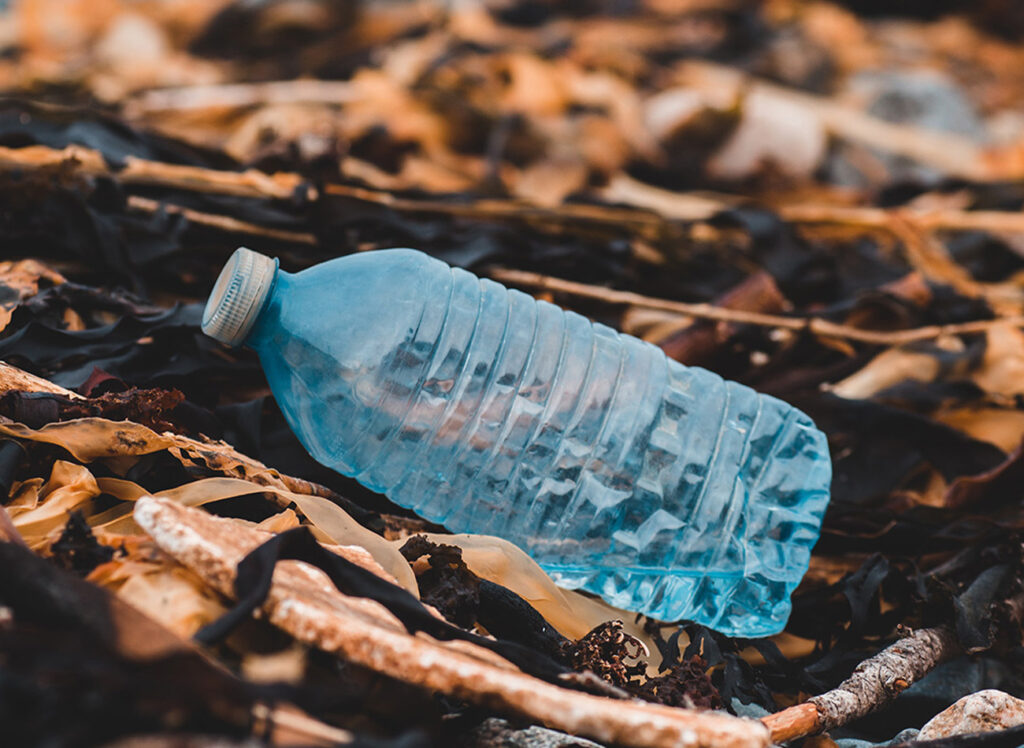Plastic Waste
Plastic Waste Recycling
Plastic waste recycling saves raw material resources used for new plastic production. Resources such as oil and natural gas used for plastic production are limited. Recycling preserves natural resources by enabling these resources to be used more efficiently. Plastic production is a process that requires a large amount of energy. Energy savings are achieved by using recycled plastic instead of new plastic production. The recycling process uses less energy to melt and reshape plastics.
- PET (Polyethylene Terephthalate)
- HDPE (High-Density Polyethylene)
- PVC (Polyvinyl Chloride)
- LDPE (Low-Density Polyethylene)
- PP (Polypropylene)

Leaving or burning plastic wastes in nature causes environmental pollution. Plastic waste is processed correctly and reduces environmental pollution. Plastics can turn into waste microplastics, which poses a major problem in the seas and other natural habitats. Recycling minimizes the damage to ecosystems by reducing the amount of these microplastics. The amount of these wastes is increasing day by day. Recycled plastic waste can be reused or recycled to produce new products, thus reducing the amount of waste. This reduces plastic waste accumulation and storage problems in landfills. Plastic waste recycling creates new jobs for the operation of recycling plants. The recycling industry contributes to economic growth by creating employment. Energy use and greenhouse gas emissions occur in the plastic production process. Recycling reduces the carbon footprint as it requires less energy and resource use compared to the production of new plastics. This is an important factor in tackling climate change.
